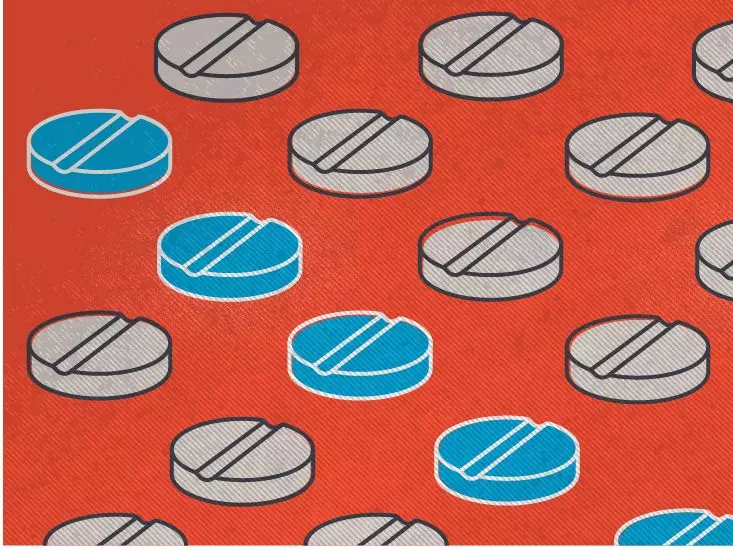Rubraca (rucaparib) is a targeted therapy predominantly used in the treatment of certain types of cancers, particularly ovarian and prostate cancer. This drug is categorized as a PARP inhibitor, functioning by interfering with the cancer cell’s repair mechanism, thereby leading to cell death. While Rubraca provides a beacon of hope for many patients battling these aggressive cancers, the journey of treatment does not come without its share of challenges, particularly regarding side effects. Understanding these potential effects is paramount for patients to self-manage and communicate effectively with their healthcare providers.
The Spectrum of Side Effects
An informed patient is an empowered patient. Rubraca’s side effects can range from mild to severe, and they often vary based on the specific condition being treated. Commonly reported side effects include nausea and vomiting, fatigue, skin rash, diarrhea, and alterations in liver enzyme levels. Both ovarian and prostate cancer patients report these symptoms, albeit potentially in differing frequencies or intensities.
For many, initial experiences with Rubraca might involve temporary discomfort—nausea and vomiting can be particularly bothersome. Managing these symptoms can often involve a combination of over-the-counter antiemetics, dietary adjustments, or even hydration strategies. However, when faced with persistent side effects, the importance of consulting healthcare professionals cannot be overstated. Collaboration with doctors ensures that patients receive appropriate recommendations tailored to their well-being.
Worrisome Advanced Side Effects
While most side effects of Rubraca tend to be manageable, certain serious effects necessitate immediate attention. For instance, patients may experience thrombocytopenia or anemia, both of which can significantly disrupt everyday life. Thrombocytopenia, characterized by low platelet counts, increases the risk of excessive bleeding, manifesting in symptoms ranging from easy bruising to spontaneous bleeding. Anemia, on the other hand, may leave patients feeling fatigued due to insufficient oxygen transport throughout the body.
Recognizing these severe symptoms early can be life-saving; thus, patients are urged to maintain open lines of communication with their healthcare providers. If the burden of these side effects outweighs the therapeutic benefits of Rubraca, adjustments in therapy, including dosage modifications or changes in medication, are essential considerations.
The Allergic Reaction Dilemma
Though rare, allergic reactions to medications like Rubraca warrant serious attention. Symptoms can range from mild rashes to severe cases involving trouble breathing—an emergency that is not to be taken lightly. For those experiencing mild allergic reactions, it’s advisable to consult with a physician who can offer treatments to alleviate symptoms. Conversely, severe reactions demand urgent medical intervention to ensure patient safety.
Awareness of personal medical history is critical. Previous reactions to similar drugs can indicate potential for further allergic responses, reinforcing the need for thorough pre-treatment discussions with medical professionals.
Sun Sensitivity: An Unexpected Side Effect
Another unique aspect of Rubraca involves photosensitivity—an increased sensitivity to sunlight. Patients might find themselves sunburned after minimal exposure. This side effect can severely impact daily activities and quality of life if unaddressed. Patients should proactively adopt sun-safe behaviors, such as wearing protective clothing or utilizing high-SPF sunscreen, to mitigate risks. Ensuring awareness of this side effect allows for anticipation and preparation, supporting patient confidence in managing their treatment journey.
Importance of Reporting Side Effects
The role of patient experiences in improving medication safety cannot be overstated. Post-FDA approval, Rubraca’s side effects are monitored, and patient feedback serves a crucial function in enhancing the understanding of the drug’s real-world implications. Advocate for your health: sharing experiences with side effects through platforms like MedWatch can lead to improvements in drug safety and efficacy. Reporting not only aids the individual but contributes to a broader understanding of how Rubraca functions in diverse patient populations.
Planning Ahead: The Importance of Communication
Prior to commencing treatment with Rubraca, patients should engage in thorough discussions with their healthcare providers. This dialogue is not merely about the potential benefits but also encompasses an exploration of individual health histories and implications. Factors such as previous drug allergies, current medications, or pregnancy must be thoroughly addressed to create a tailored treatment plan that prioritizes patient safety.
As patients navigate the intricacies of cancer treatment with Rubraca, proactive management of side effects can significantly enhance their overall experience. Empowerment through knowledge, combined with an unwavering commitment to communication with healthcare professionals, allows patients to approach their battle with cancer with confidence and resilience.

